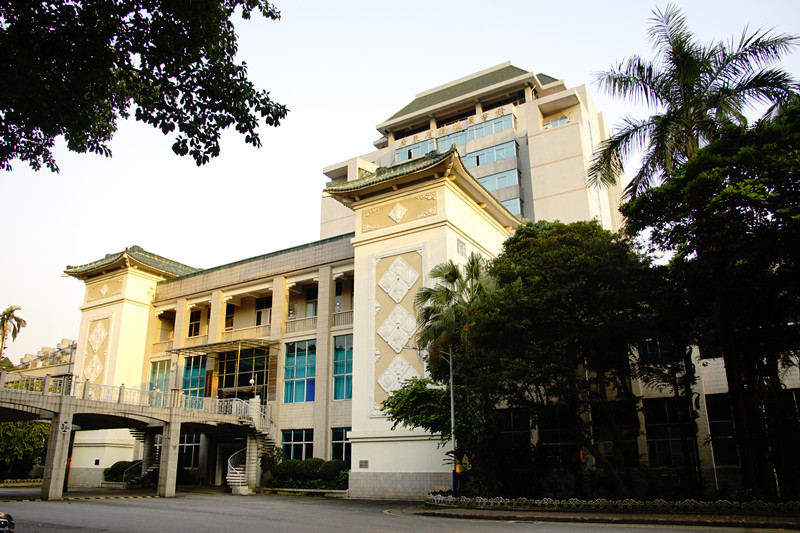A Brief Introduction to Guangzhou Branch, the Chinese Academy of Sciences

Guangzhou Branch, the Chinese Academy of Sciences (CAS) was established in December 1958 after its initial planning in 1956. In 1961, Guangzhou Branch merged with Wuhan Branch of CAS to form Central South Branch of CAS, which was dissolved in 1969. Guangzhou Branch was re-established in May 1978.
Guangzhou Branch is a dispatched agency by CAS, connecting the CAS research institutions in Guangdong Province, including the South China Sea Institute of Oceanology, South China Botanical Garden, Guangzhou Institute of Energy Conversion, Guangzhou Institute of Geochemistry, Guangzhou Institutes of Biomedicine and Health, Shenzhen Institute of Advanced Technology, Guangzhou Chemistry Co. Limited, Guangzhou Electronic Technology Co. Limited, Institute of Subtropical Agriculture in Hunan Province, and Institute of Deep Sea Science and Engineering in Hainan Province.
By the end of 2023, Guangzhou Branch has a total of 5,729 employees, including 3,716 scientific researchers. Among them, 645 are professors, 955 are associate professors, 2,894 hold doctoral degrees, and 1,387 hold master’s degrees. It has three CAS members, three members of the Chinese Academy of Engineering, one foreign member of the Russian Academy of Sciences, and three members of the Eurasian Academy of Sciences.
Guangzhou Branch has four national key laboratories (one of which is co-built), two national engineering laboratories (one co-built), four national-local joint engineering laboratories (one co-built), 18 Guangdong provincial key laboratories, two Hunan provincial key laboratories, two Hainan provincial key laboratories, one key laboratory in Guangxi Zhuang Autonomous Region, and three Guangdong provincial engineering laboratories. Additionally, the branch operates eight national field scientific observation and research stations, six scientific research vessels, and three museums for plant, rock and mineral, and marine biological specimen collections respectively.
Guangzhou Branch has 22 Category I Discipline PhD programs, 26 Category I Discipline master’s programs, 56 Category Ⅱ Discipline (recruitment direction) PhD programs, 55 Category Ⅱ Discipline master’s programs, four professional PhD programs, 14 professional master’s programs, 15 centers for post-doctoral studies and 2 postdoctoral workstations.
Guangzhou Branch plays a vital role in communication and coordination, striving to fulfill the needs of economic and social development in Guangdong, Guangxi, and Hainan. Under the leadership of the Communist Party of China (CPC) Leading Group of CAS , the CPC Guangdong Provincial Committee, and the People's Government of Guangdong Province, Guangzhou Branch is working with the local government to promote major scientific and technological achievements to be transferred from the laboratory to the marketplace in the Guangdong-Hong Kong-Macao Greater Bay Area, committed to playing a leading and supporting role in the construction of an international technology innovation hub there.